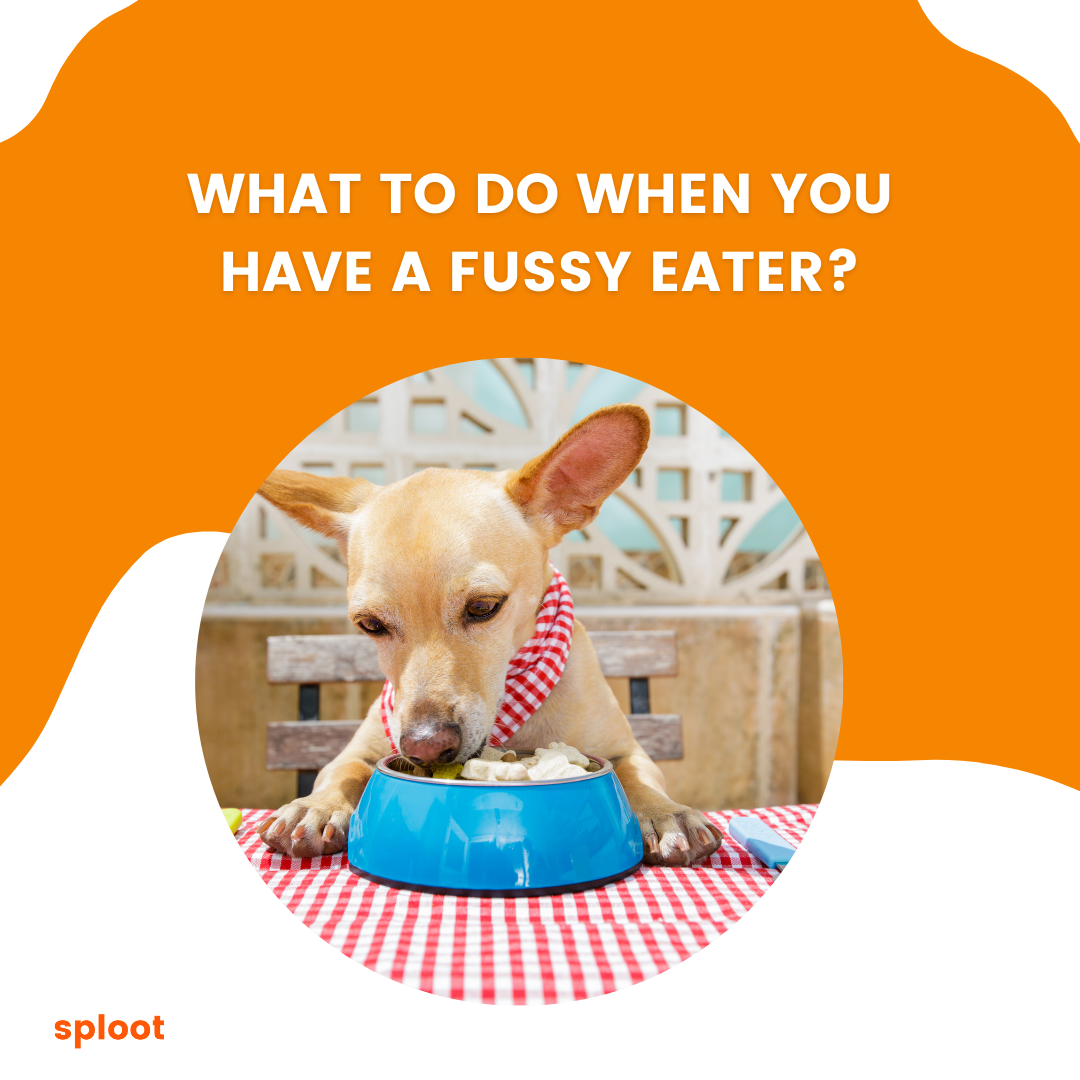What to do when you have a fussy eater
{"isSaved":["63368d39f8194cbd5883d078"],"isRead":[]}

Our pets not eating their food regularly is a very major cause of concern for all the pet owners. Although many people believe that dogs would eat almost anything, some dogs may be rather picky about what they eat from their bowls. Feeding your dog is a ritual that generally involves a grateful, hungry pet and a loving owner. When kiddo doesn’t seem to be enjoying their food, this might be a warning flag. It’s a good idea to understand when this may be a warning of problem and what to do if it is. If your dog does not eat every time you set food down, it is not always an issue. What matters most is their weight. If that’s consistent and their ribs or spine aren’t visible, your pal is undoubtedly eating enough food.
Fussy eating can be a difficult behaviour to manage, but with persistence and knowledge of why they’re fussy, you can prevent it from becoming a habit. Here are some preliminary pointers to bear in mind:
· Praise them for eating their own food from their bowl.
· Limit your access to deceptive nibbles, such as human food off your plate.
· Limit their rewards to solely training tools.
· Attempt to make your dog’s food more enticing.
· Feeding should be approached with persistence and consistency.
· Attempt a different sort of meal.

How to Help Your Picky Eater Dog Develop Healthier Eating Habits
· Tip 1: Begin early. Make a food plan for your dog before you bring it home. “You and your family must get down and settle on the guidelines,” Murray advises. “And you all have to be on the same page.” It won’t work if Mom throws food off the plate but Dad follows the rules.” If one member of the family is adamant about people food, agree to mix in some healthy alternatives, such as low-fat veggies, with the kibble.
· Tip 2: Do not eat at the table. Giving your dog table scraps may teach him to avoid dry or canned food in favour of more enticing choices. It can also lead to health issues such as pancreatitis. Furthermore, dietary variety or changes may cause diarrhoea and support the improper habit of begging.
· Tip 3: Maintain dog and human food separate. Hoppe advises, “Never let a dog equate your food with their food.” “You must keep it completely distinct. Otherwise, they’ll start thinking they can eat their own food as well as their owner’s.” Your dog should only eat from his dish and should never witness food coming from your plate or whatever you’re cooking.
· 4th tip: Stick to a timetable. Feeding your pup up to three times per day, or as directed by your veterinarian. As your puppy develops, gradually increase the volume of food while decreasing the frequency of feedings. Your adult dog should be fed once or twice daily, with no more than a few minutes between feedings. Use a measuring cup to ensure equal quantities for each serving. If you want to include nutritious human food, put it in with the kibble. For humans, variety is the spice of life, but consistency is essential for your canine.
